The conjunction of Mars and Pleiades, the closest such conjunction in nearly 50 years
Mesquite Flat Dunes - Image Breakdown
Scroll for a breakdown of this image.
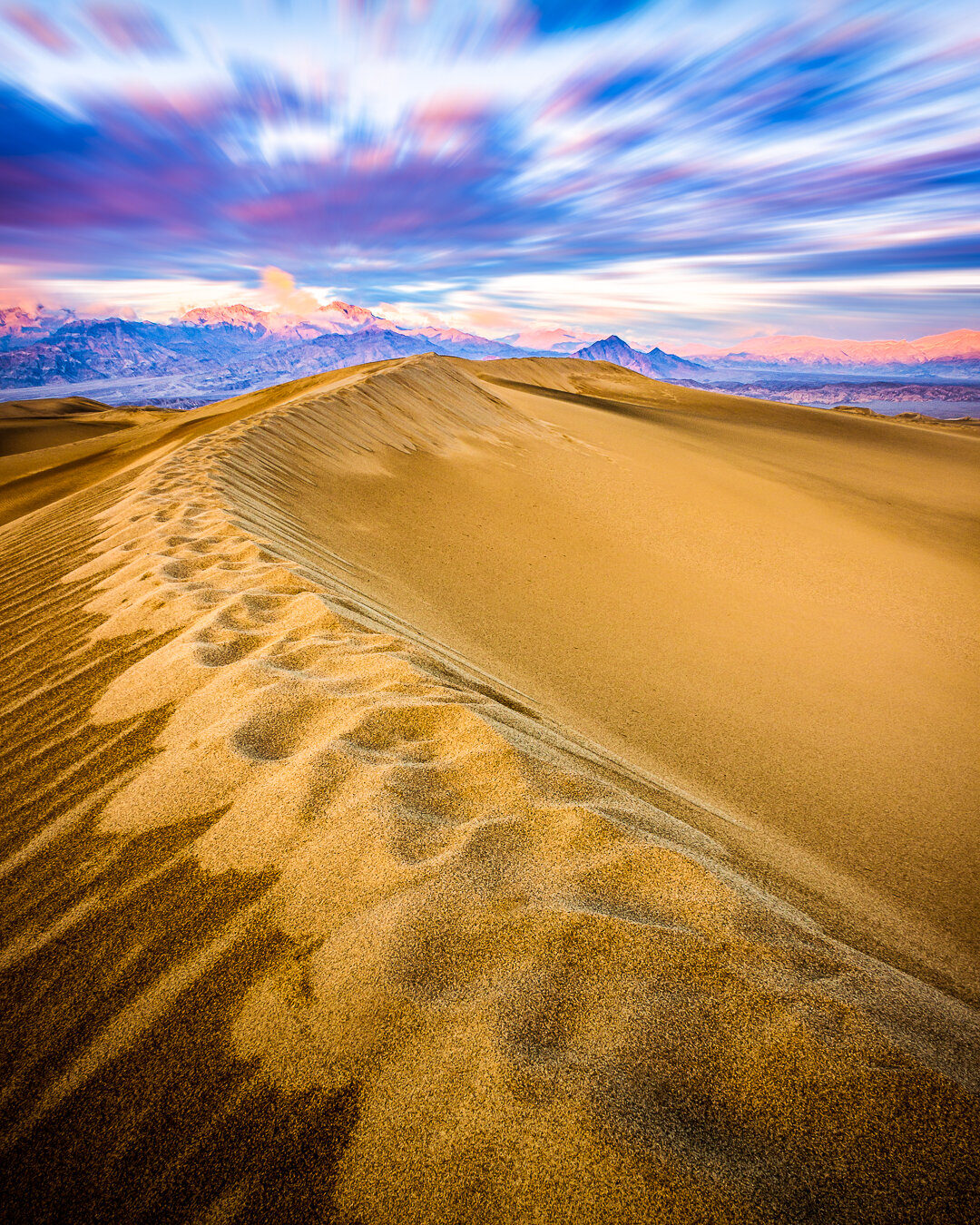

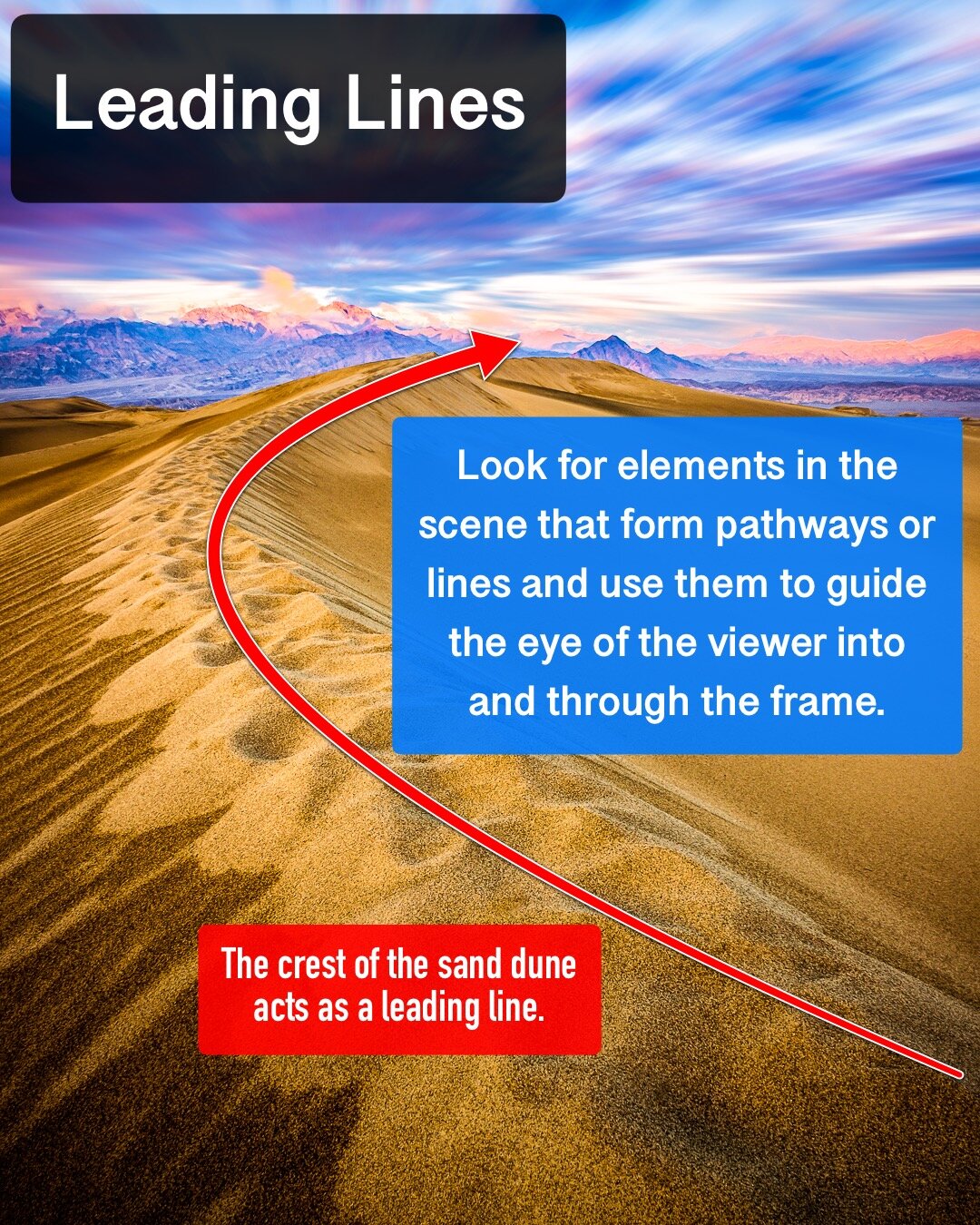
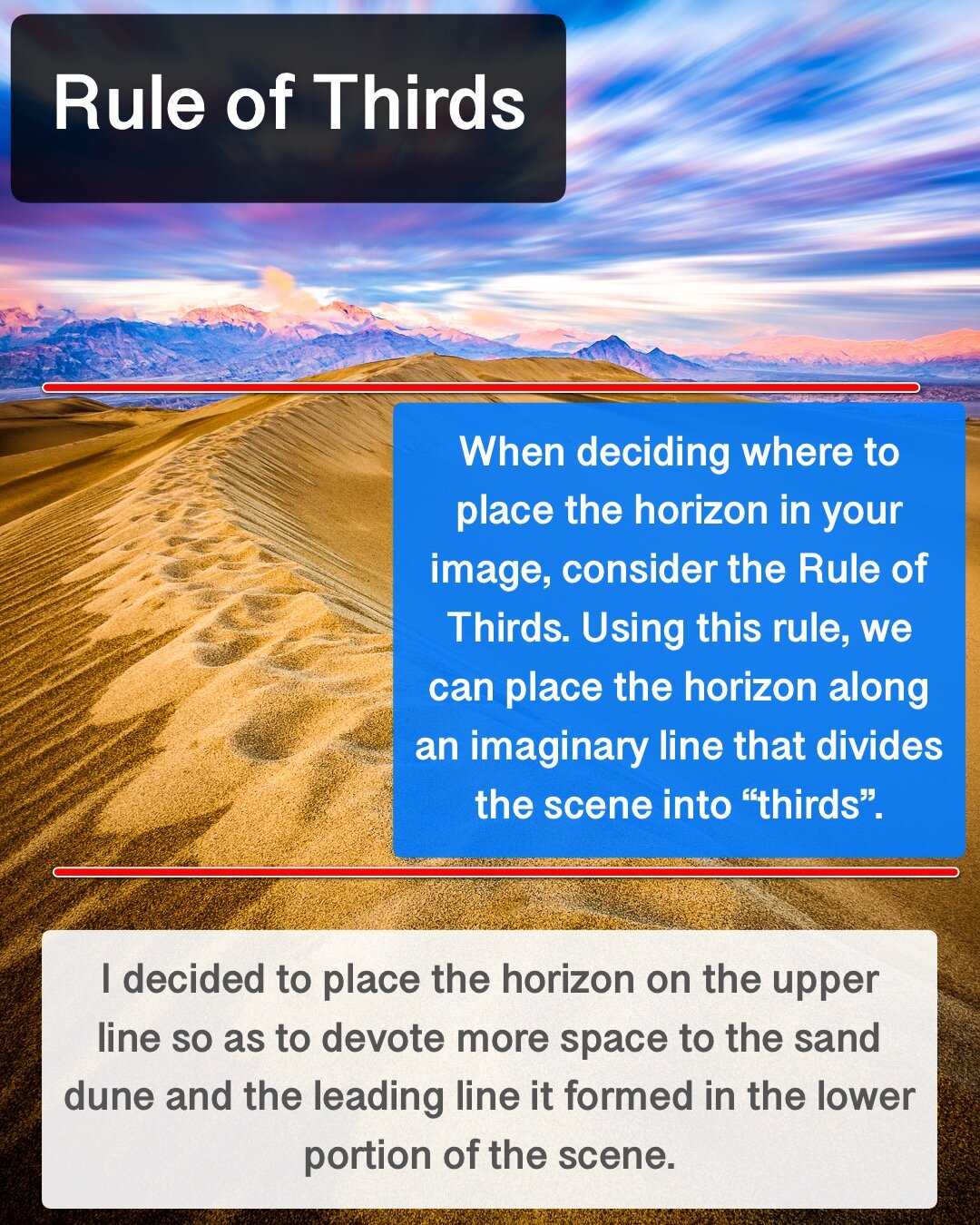

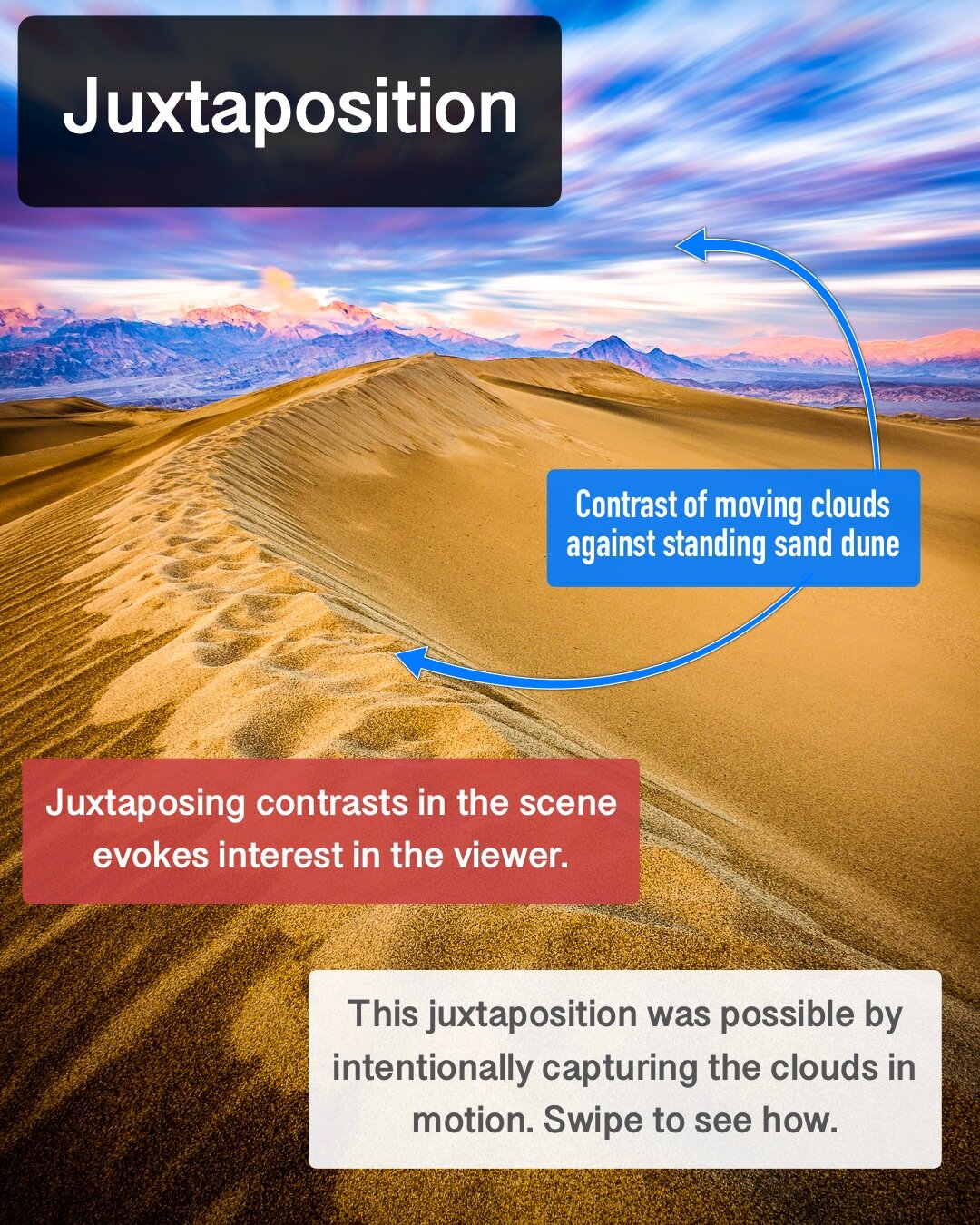
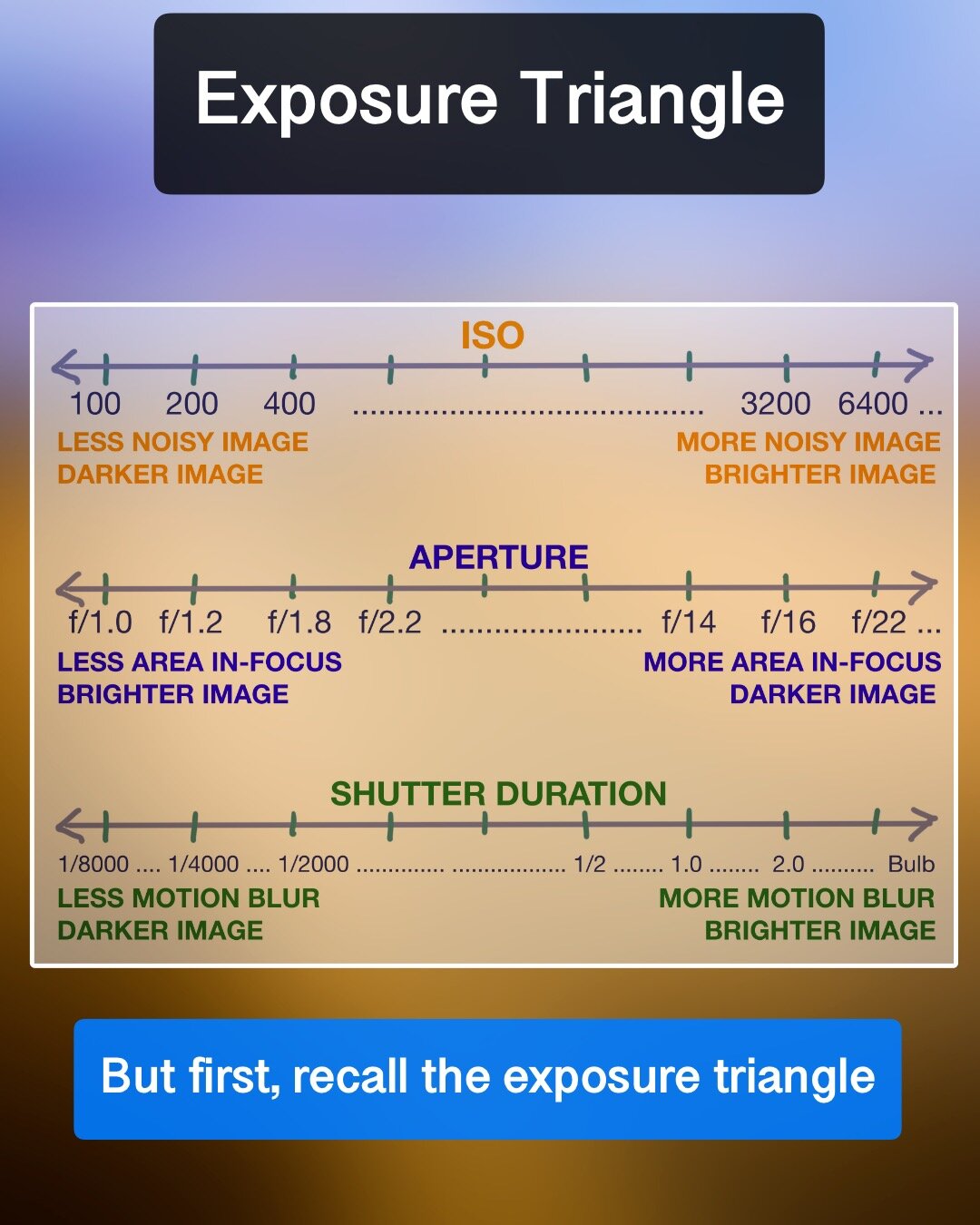
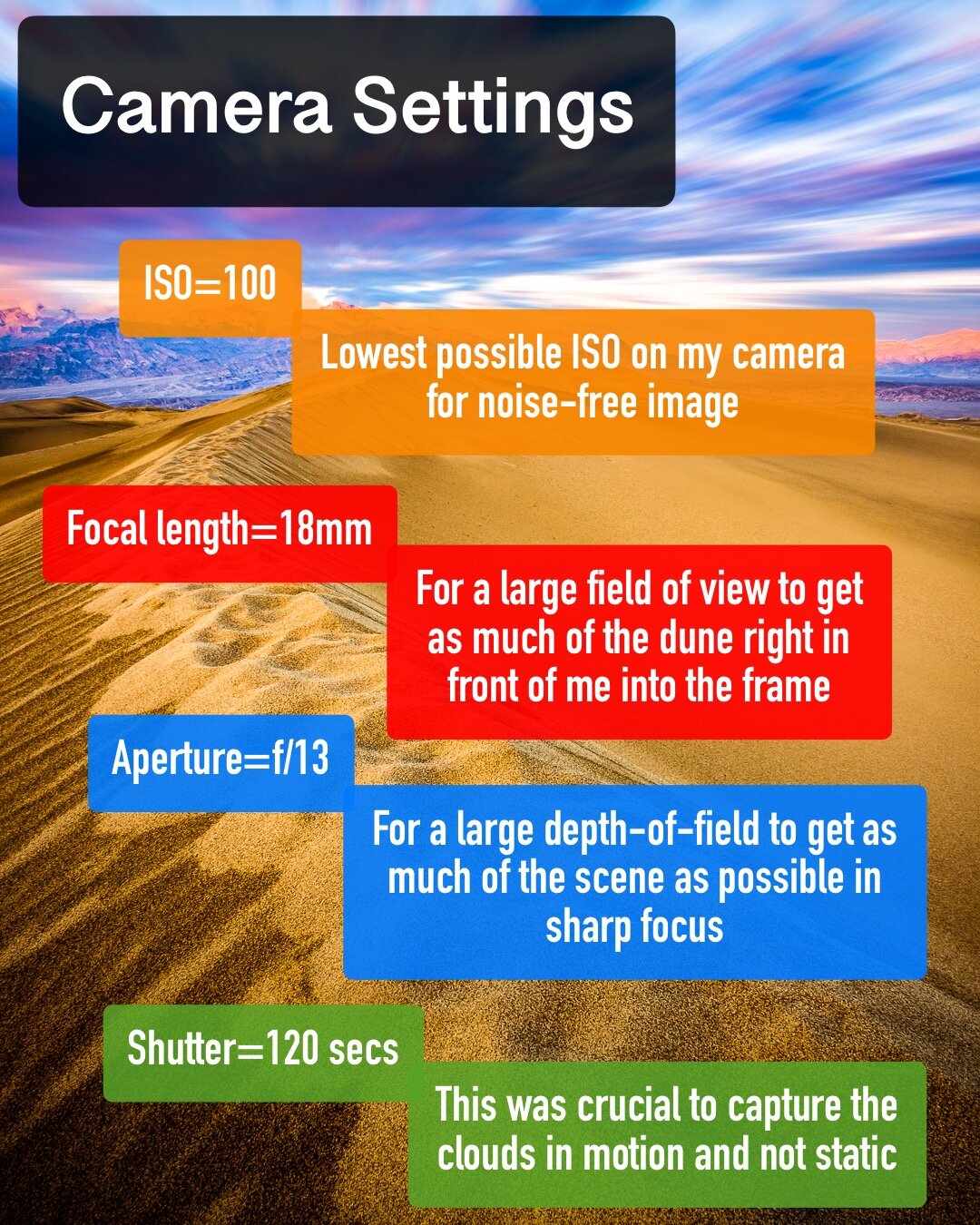
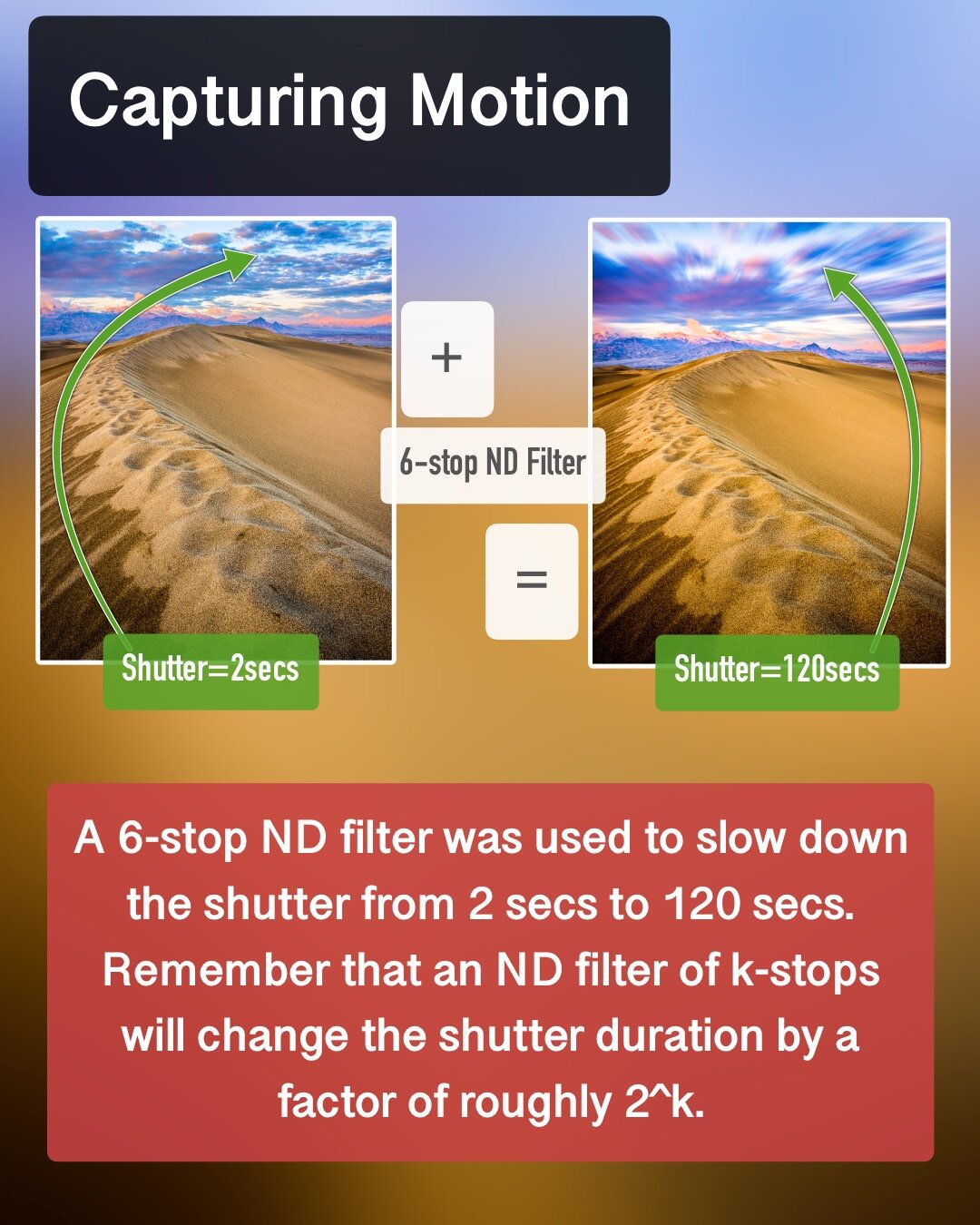
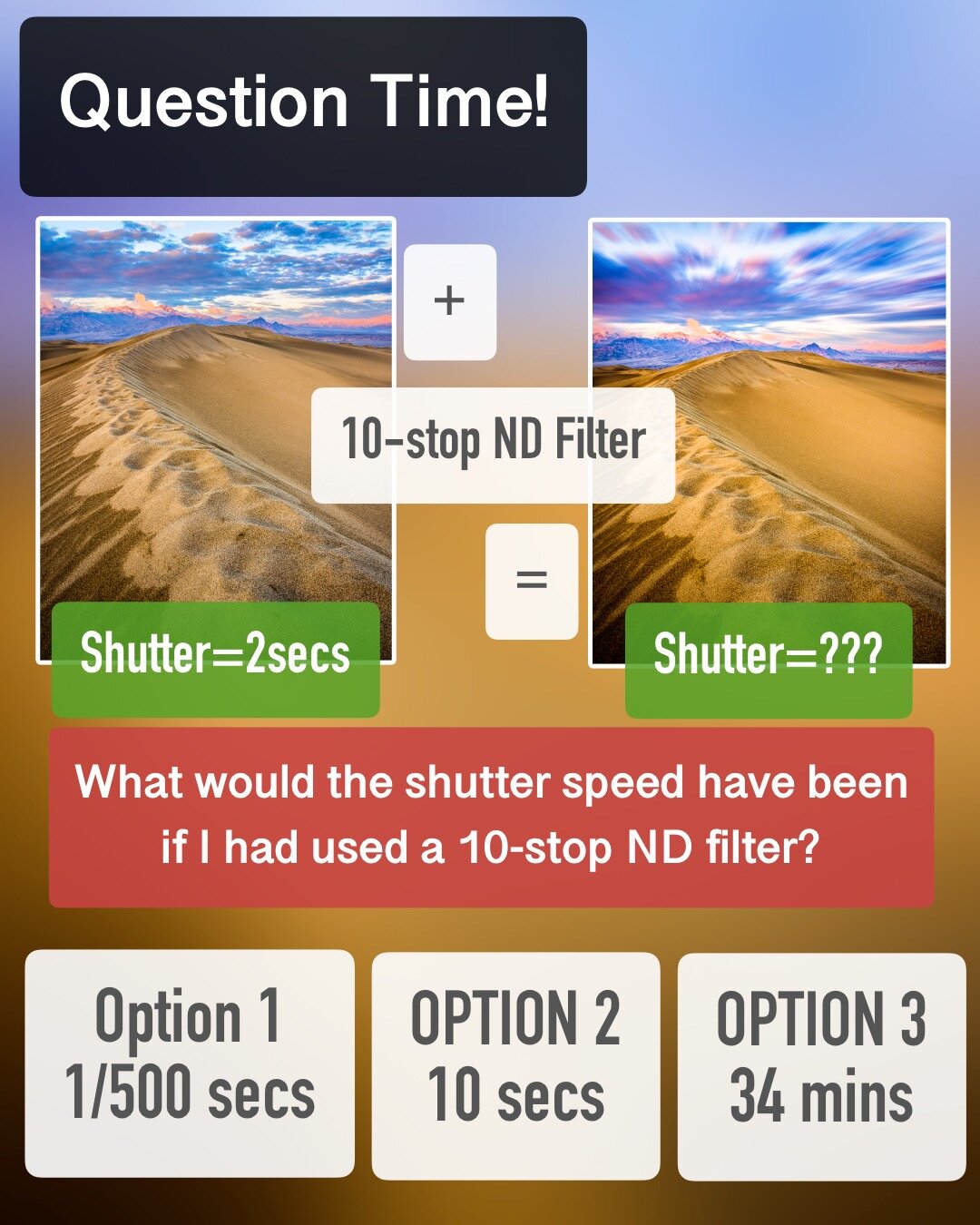
This image was taken somewhere among the Mesquite Flats Sand Dunes when I travelled with my brother and my daughter to Death Valley one cold December evening a few years ago. My daughter, all of 18 months, was a real sport, braving the biting cold winds that were picking up as the sun went down behind the mountains surrounding the valley. The dunes out there are so photogenic.
Island Sunset - Image Breakdown
Scroll to see how you can compose and frame images like this.




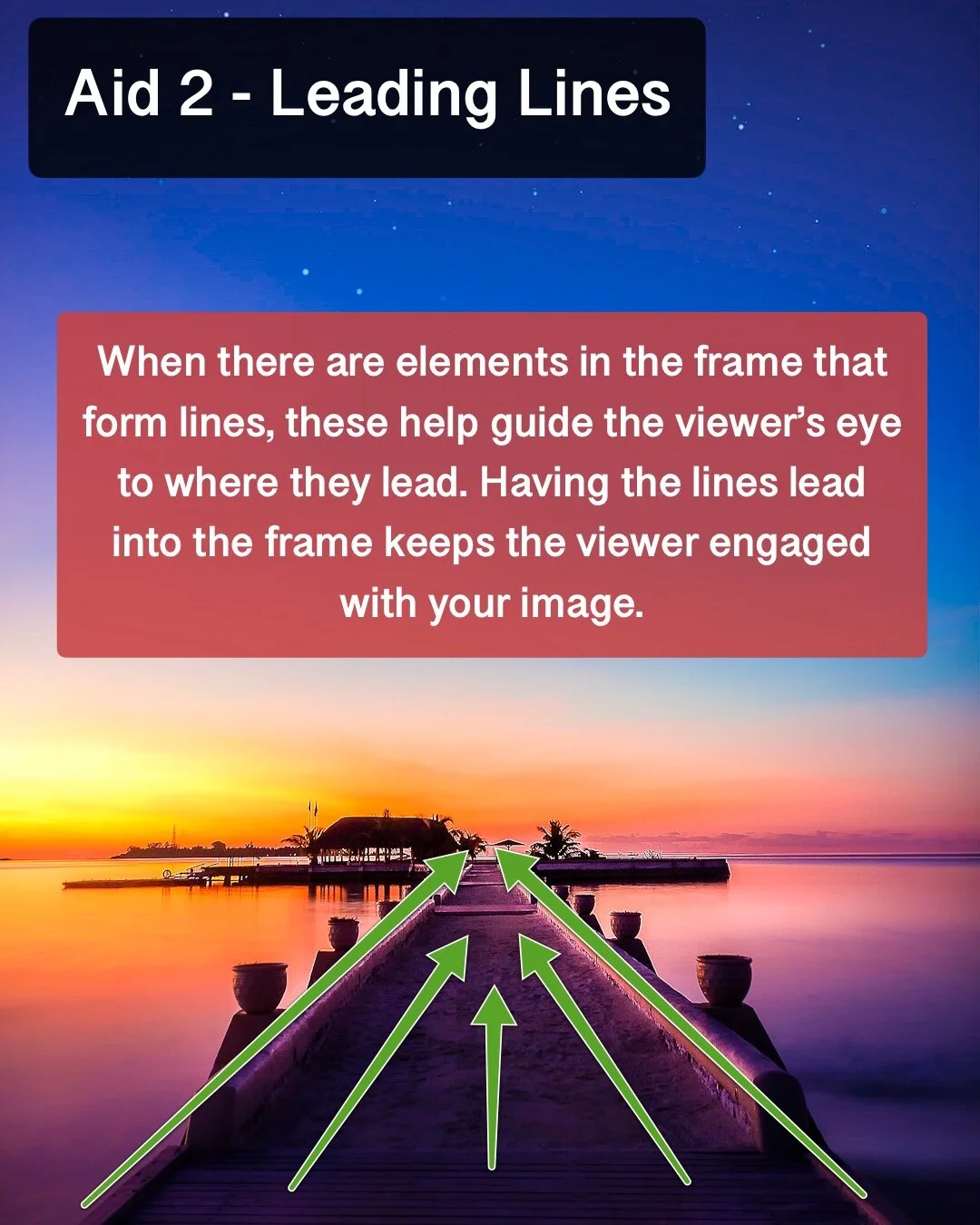




Very few things rival that feeling of letting your cares slip away at the end of the day as you stare down a setting sun on a quiet beach. A day spent snorkelling among jellyfish and manta rays, kayaking over colourful corals beneath an aquamarine veil, lazing on white-sand beaches and scuba diving at the edge of island reefs that drop a hundred feet and more into the ocean depths below. Very few.
Captured on a Canon500D with a Canon EF-S 18-55mm IS lens at 18mm, ISO 100, f/14, 8 secs.
Scroll through the carousel and try to answer the question at the end.
Milky Way over Lake Chandrataal - Photography Techniques
Scroll to learn how to create images of the night sky like this.










Have you seen our home galaxy, the Milky Way? Here it is rising over Lake Chandrataal. We can see the core of the Milky Way peeking out from behind the mountain on the right. When it is very dark, our eyes can see the galaxy as if someone had smeared faint white paint across a large swath of the night sky. But our cameras can see much much more. This image was taken under Bortle class 1 skies - the darkest skies possible here on Earth, making the details and colours in the night sky pop. Learn more about the Bortle scale, the 500-Rule, stacking and more by swiping the carousel.
The final picture is a two image blend. The foreground with the lake and mountains was taken after sunset before it became too dark. A setting moon at the time cast its silvery light illuminating the scene. Captured on a Canon 6DMark2 at 18mm, f/14, ISO 400, 15 secs. The image of the Milky Way is a stack of 10 images taken later after the moon set. Captured on a Canon 6DMark2 at 14mm, f/3.2, ISO 5000, 30 secs.
Do you like images of the night sky?
Question: What is the maximum shutter duration you would choose to shoot the night sky with a 24mm full-frame equivalent lens using the 500-Rule? Bonus points if you also provide the answer using the NPF-Rule!
Reflected - Image Breakdown
Swipe to see what decisions were made to compose this image.









A touch of light
A splash of gold
Captive, my gaze it holds
In the stillness of that quiet hour
My thoughts, my soul
Reflected.
Do you like this image? What makes it interesting for you?
